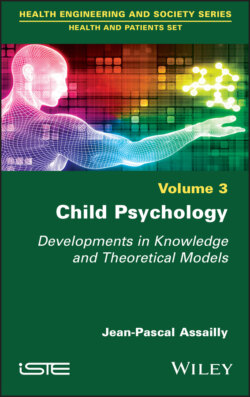Читать книгу Child Psychology - Jean-Pascal Assailly - Страница 28
1.3. To what extent is a dialog or coming together possible between developmental psychology and psychoanalysis? Between the observable and the repressed
ОглавлениеPsychoanalysis and developmental psychology have been the two main avenues for approaching the mental functioning of children.
Psychoanalysis operates by reconstructing clinical data obtained during the treatment of children or adults. Developmental psychology seeks to highlight individual differences through observation or comparisons of groups of children, or by studying their developmental trajectories. The psychoanalytical approach to children, which is often therapeutic, focuses on a small number of cases, while the second approach is more experimental and based on statistics.
Are the two approaches completely irreconcilable, or is a coming together, a dialog, possible?
Some psychoanalysts do not think this dialog is possible, such as André Green, who spoke of the “true child” of psychoanalysis deduced from reconstructions and the “real child” of observation, where it was not possible to reach what was repressed. Nevertheless, other authors, such as Pierre Fédida, desire a “unified science” of development, where the results obtained by either of the approaches can be enlightened by the other.
Attachment is one of the most successful examples of the dialog between psychoanalysis and developmental psychology. This theme has brought together approaches as diverse as Bowlby‘s theory of attachment (presented later in this book), Lacan’s family complexes, Bion’s maternal alpha function, Winnicott’s good enough mother, Brazelton’s competence of the baby in communicating with its environment from birth, Lebovici and Golse’s transgenerational mandate, Balint’s primary attunement and Stern’s interpersonal world of the infant.
Between Bowlby’s theory of attachment and Melanie Klein’s objectal relations theory, a coming together is possible and was developed by Didier Anzieu with his “pulsion d’attachement” and “Moi-Peau” concepts.
